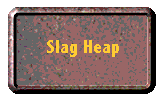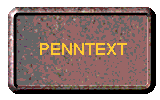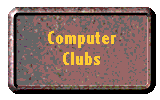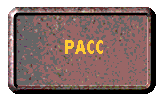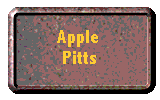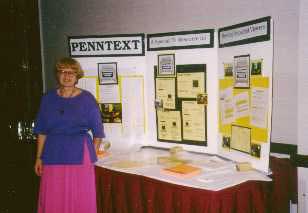
Between 1986 and 1993, Pennsylvania's deaf citizens were able to read a news service created especially for them and carried on the text channel of their local PBS station. This service took advantage of the "line 21" technology, which also brings forth the captions for closed captioned programs. At that time, deaf people had to buy a separate decoder which was cabled between their TV set and antenna. This decoder had a switch which allowed the user to select "captions", "text" or "none". In most parts of the country, the text channel was empty.
PENNTEXT had a number of different news programs which cycled through the day. MORNING NEWS brought the day's headlines with simplified synopses of the news stories. LOCAL NEWS contained stories from the local pages of the newspaper. DEAF NEWS was a compilation of news stories of special interest to the deaf, taken from a large number of sources including call-ins, deaf reporters and magazines. KIDS NEWS carried stories written by students in the residential schools for the deaf, and in deaf programs across the state. Finally, EVENING NEWS gave the producers of PENNTEXT to update news stories as they broke throughout the day.
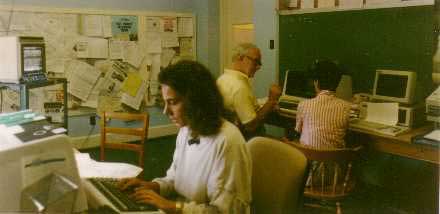
Penntext was produced at the Western PA School for the Deaf in Edgewood. The morning newspapers were read, stories selected, rewritten and entered into the EDAC computer. We had prepared disks of Deaf News, Kids News. Local stories from the other PPTN stations had been sent electronically by an early form of e-mail over SpecialNet. At 9 in the morning, we began our transmissions to the 6 stations of the PPTN network. The transmission included the user schedule for the day and the news stories.
At the television stations, the files were fed into a "encoder" which merged them onto the television signal. At 10, the user schedule kicked in, and PENNTEXT began to roll!
Morning News
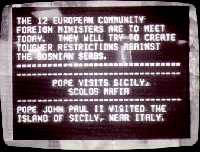
|
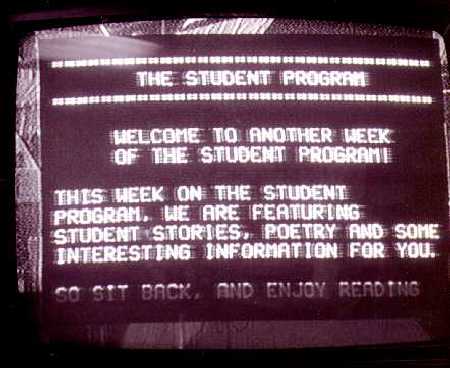
Kids News
|
Deaf News 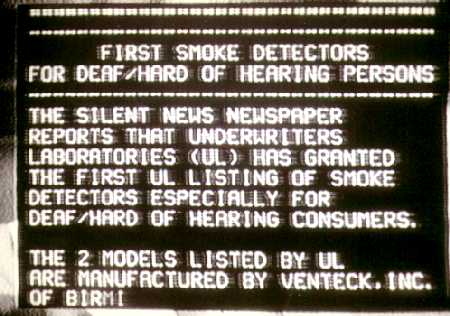
|

|


